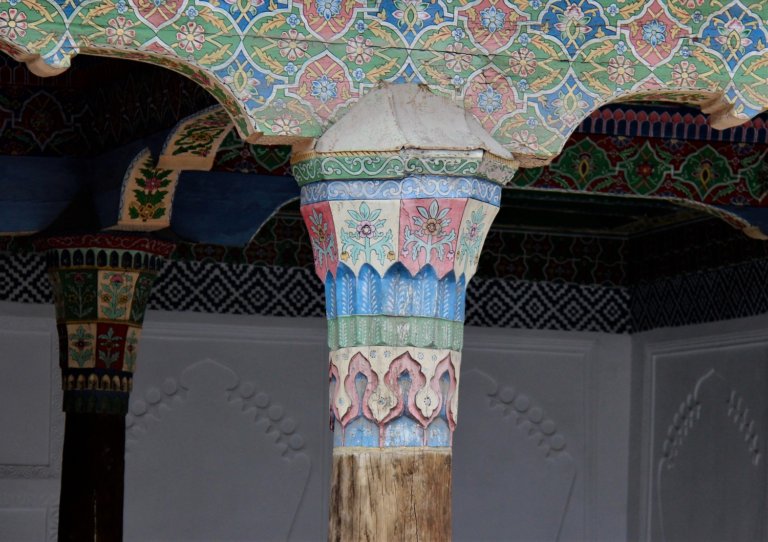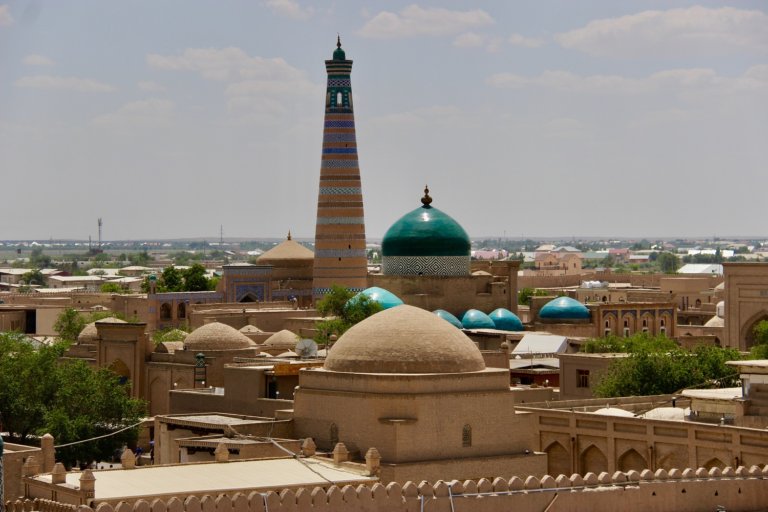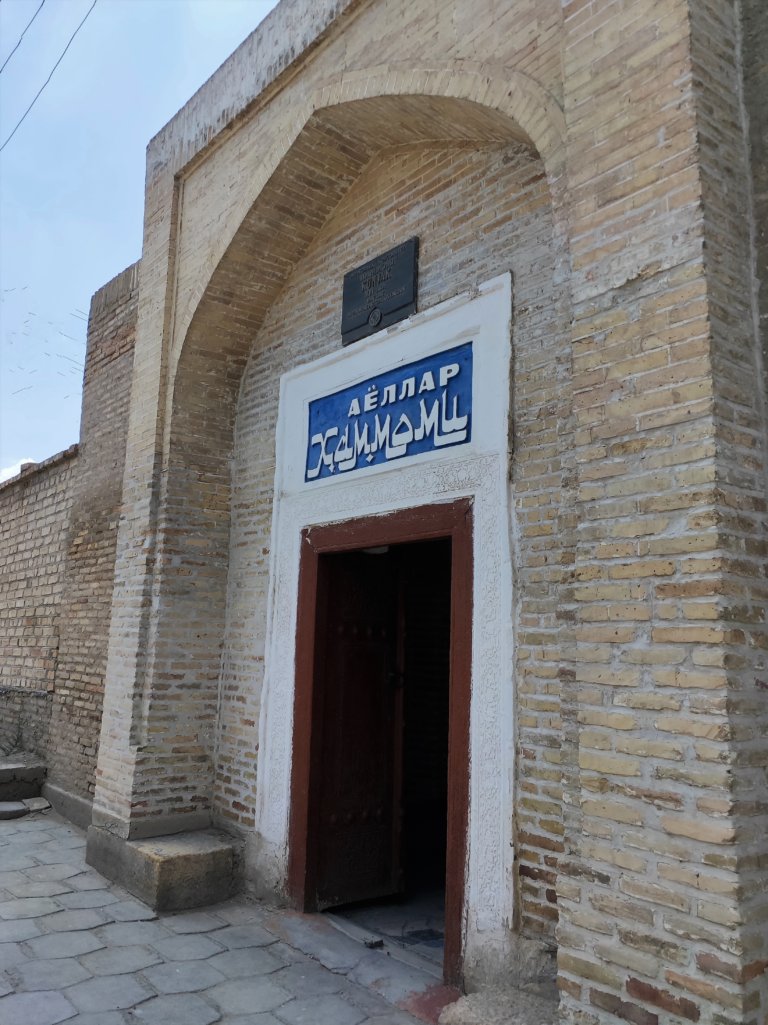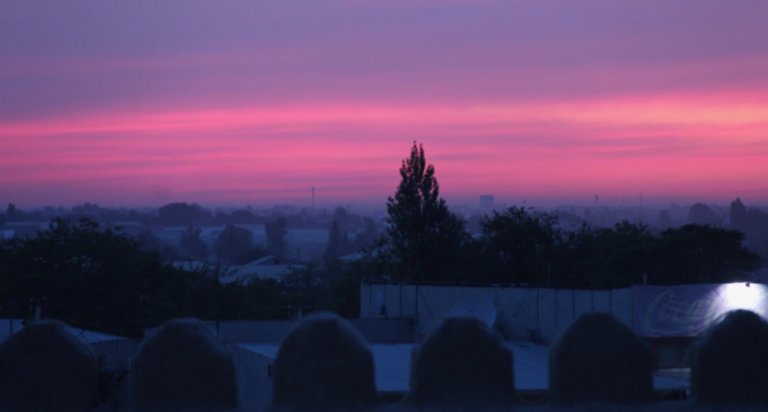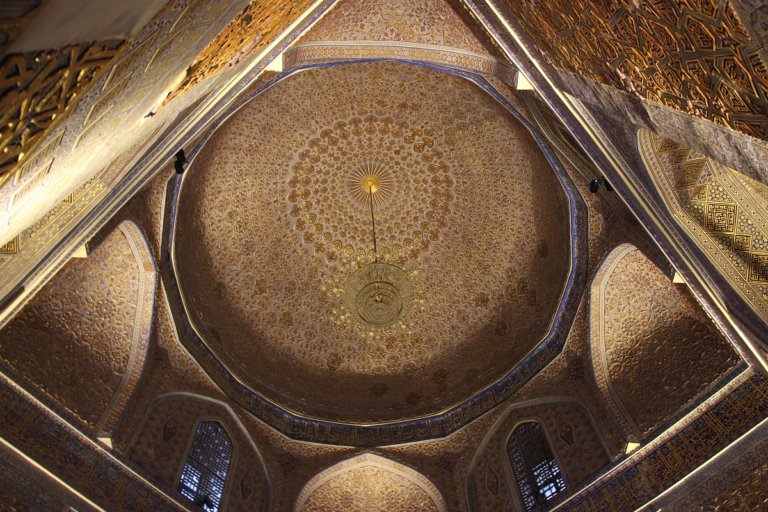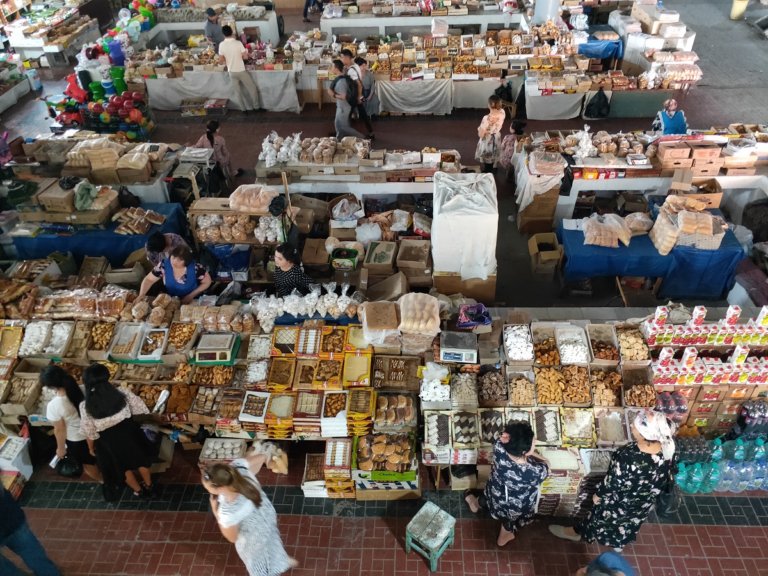
TTashkent Day 26 25th May 2019
See all todays Photos
There are places when we think that we should slow down and stay longer to really appreciate them-Tashkent was one of those places. We had asked to have guides that could really talk about the culture and history of a place rather than shuffling us from one sightseeing place to another. Today we really got the right guide, a young man called Donat. In fact he had so much to tell min perfect English our brains hurt at the end of it.It is a city of about three million people and about two thousand years old.It has a series of rulers including Genghis Khan who levelled the city in the 14th century.It is now the capital of Uzbekistan having swapped that distinction with Samarkand several times.
With Central Asia and Tashkent having a history of the continuous ebbs and flows of different conquerors and cultural groupings across its plains and mountains it is really hard to get cohesive view of its history. Today we tried to understand the story behind each of the landmarks we visited-and Donat was a great story teller!.Whilst we still don’t feel we have got the whole story straight we are putting the pieces together-which is fun.
The first stop was the Applied Arts Museum which not only told the story of Uzbek culture but also of the origins of its relationship with Imperial Russia.The museum was the former residence of a Russian envoy who commissioned the top Uzbek artisans to furnish his house.It is a beautiful representation of Uzbek craftsmanship and a great showcase for the creative arts.It is also representative of the established relationship Russia had with Uzbekistan. The 19th century jostle for power between Britain and Russia Central Asia termed the “Great Power” seems to have gone Russia’s way in Uzbekistan and it continued into the “Soviet Era”.
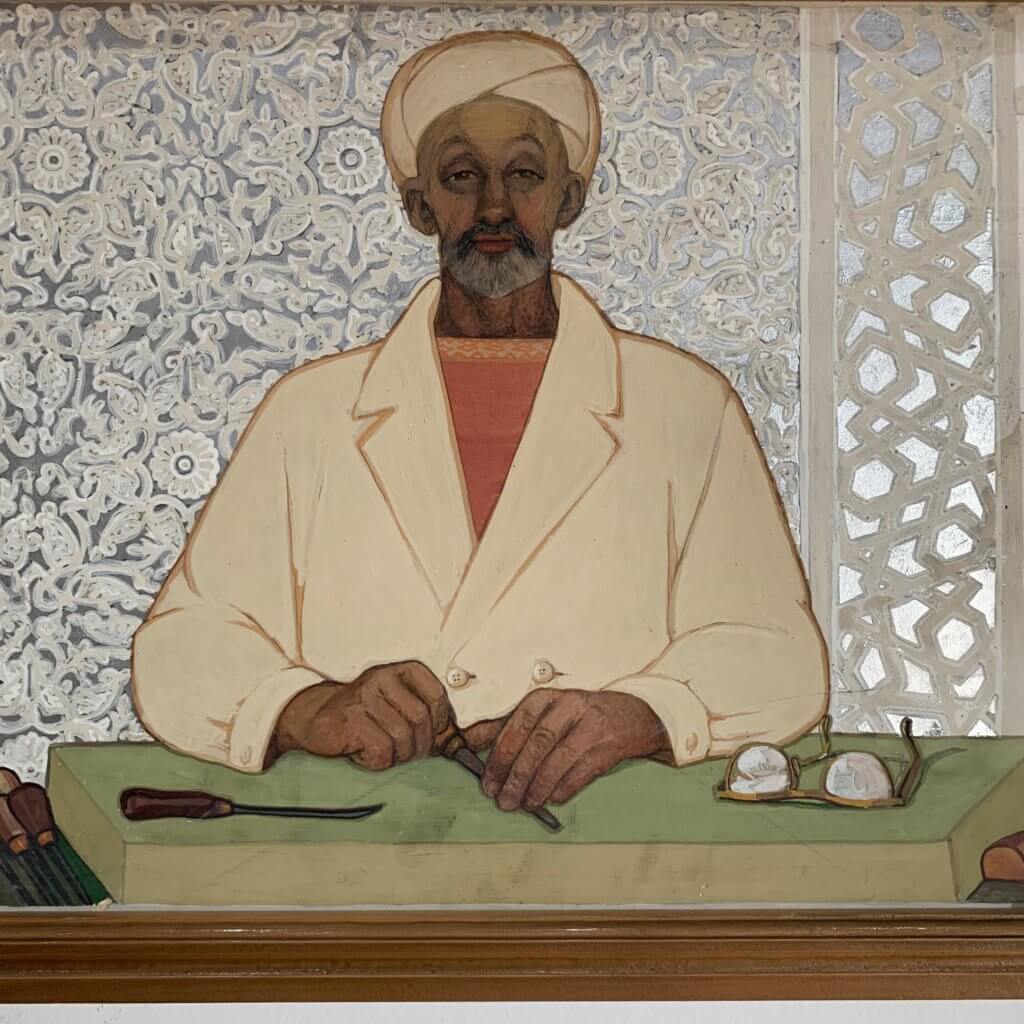
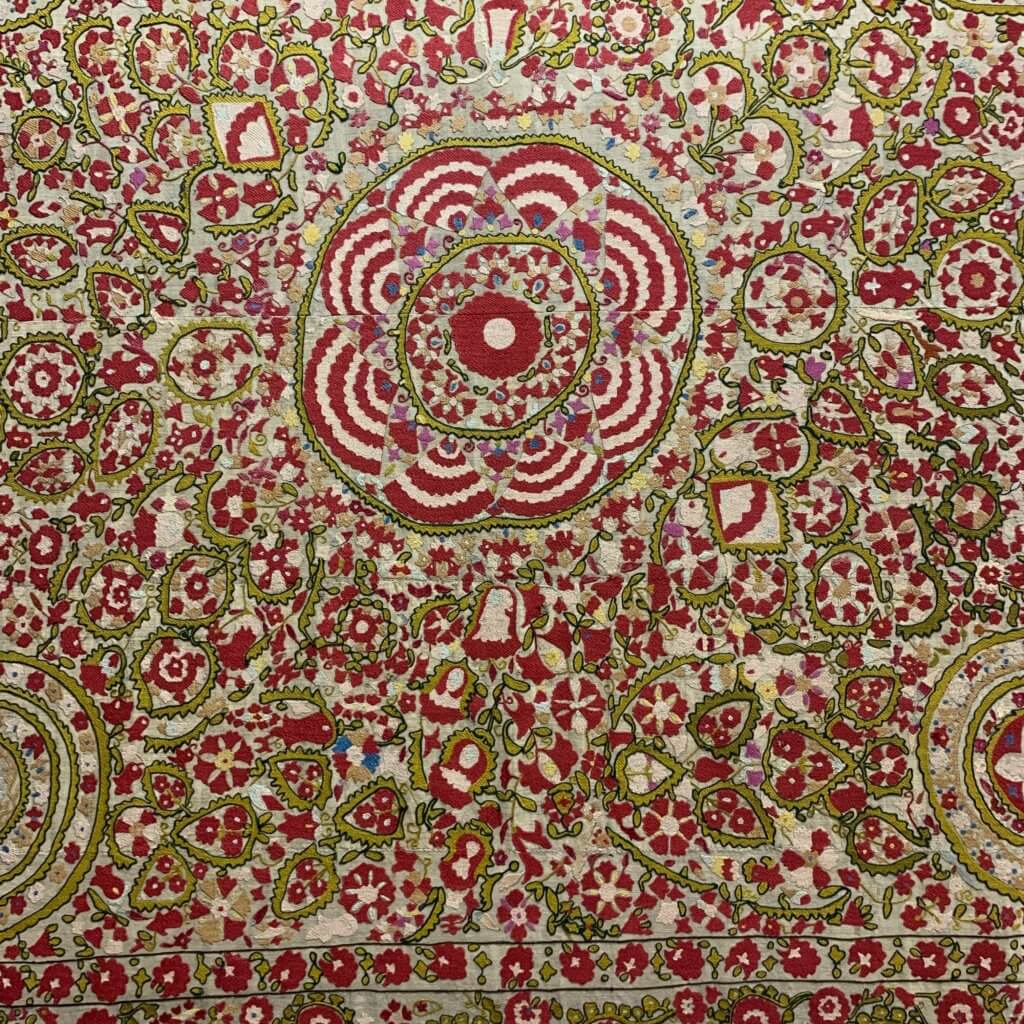
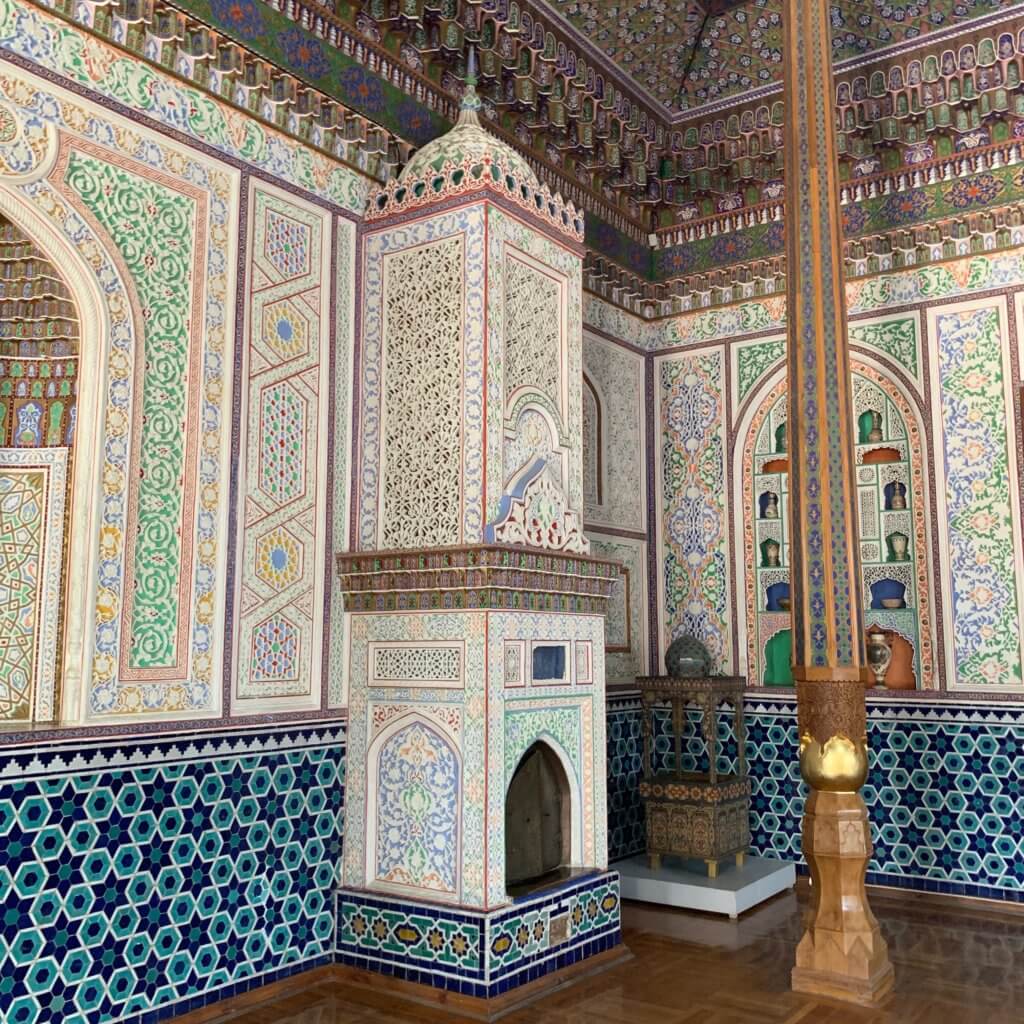
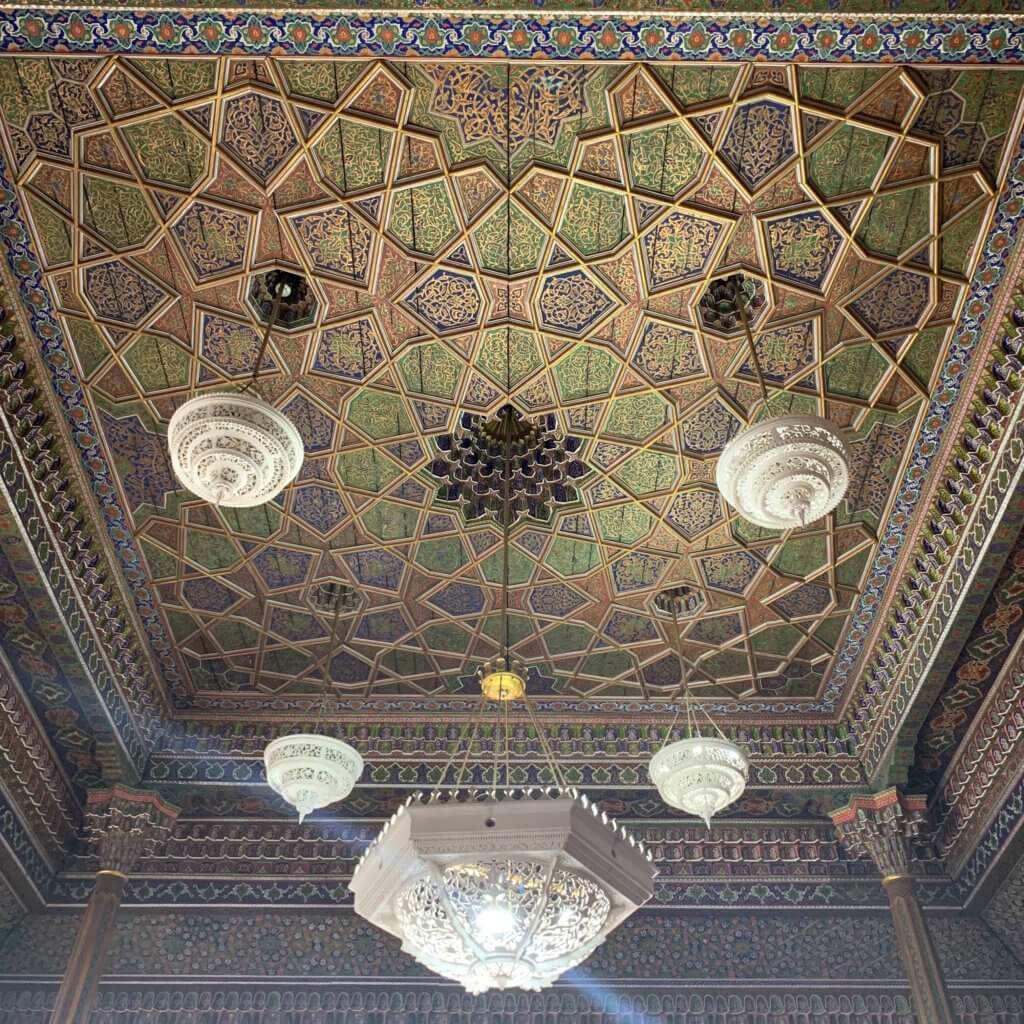
So from Uzbekistans’s arts and crafts and relationship with Russia we move to a site which commemorates a twentieth sentry event which shaped Tashkent into the form it takes today.The earthquake which struck on the 26th April 1966 devastated three quarters of the city.The two main impacts were to divide the city into what is now known as the old and the new.The second was that the bond with the USSR became stronger as the “republics all pitched in to reconstruct the city.
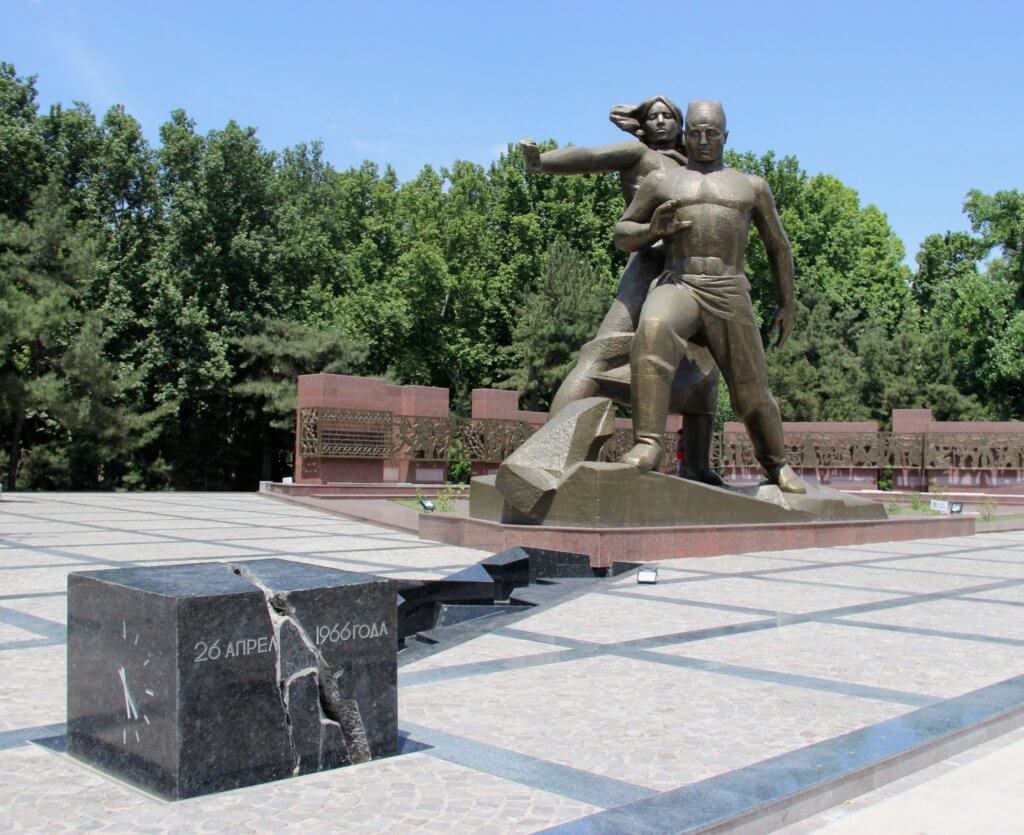
Another theme that became apparent as the day went on is the importance of Islam to Uzbekistan and how that is represented in Tashkent.We headed into the old town and to the Khazrati Imam Architectural Complex this area contains a mausoleum, a madrassa, a museum containing holy relics and two working mosques.The mausoleum contains the remains of two Imams who protected and indeed developed Islam in Uzbekistan.
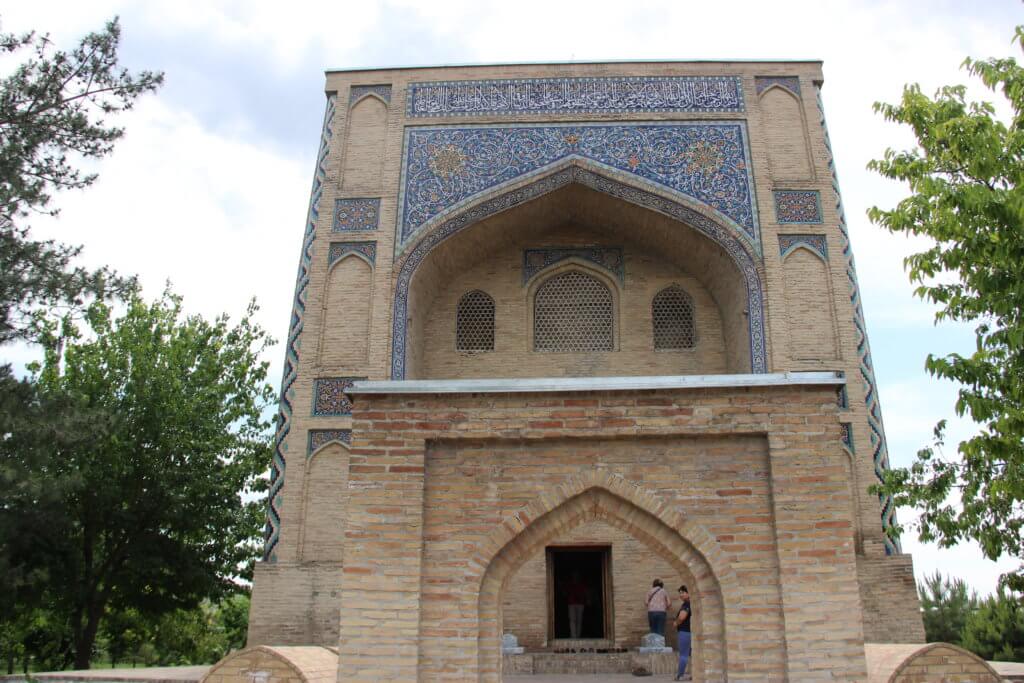
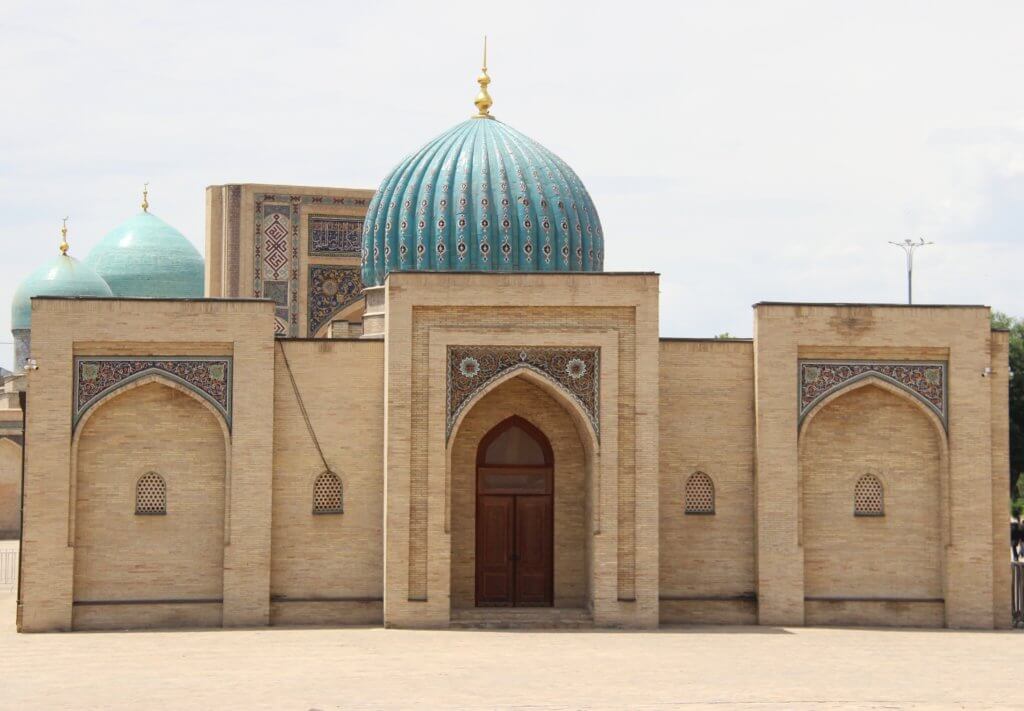
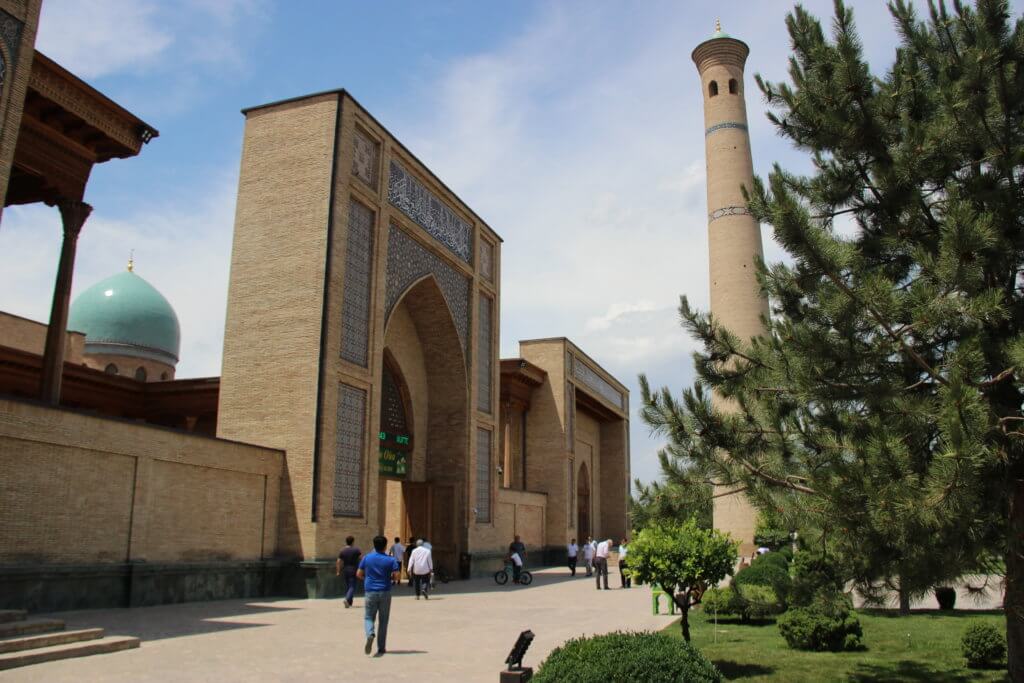
It seems to an outsider that Uzbekistan’s version of Sunni Islam is certainly a customised version.It seems more relaxed than other countries.There does not seem to be a lot of facial hair amongst the men,Ramadan was not obvious and although there was some evidence of standard Islamic women’s wear when we went into the old town-there are also lots of young women in fashionable western style fashions.
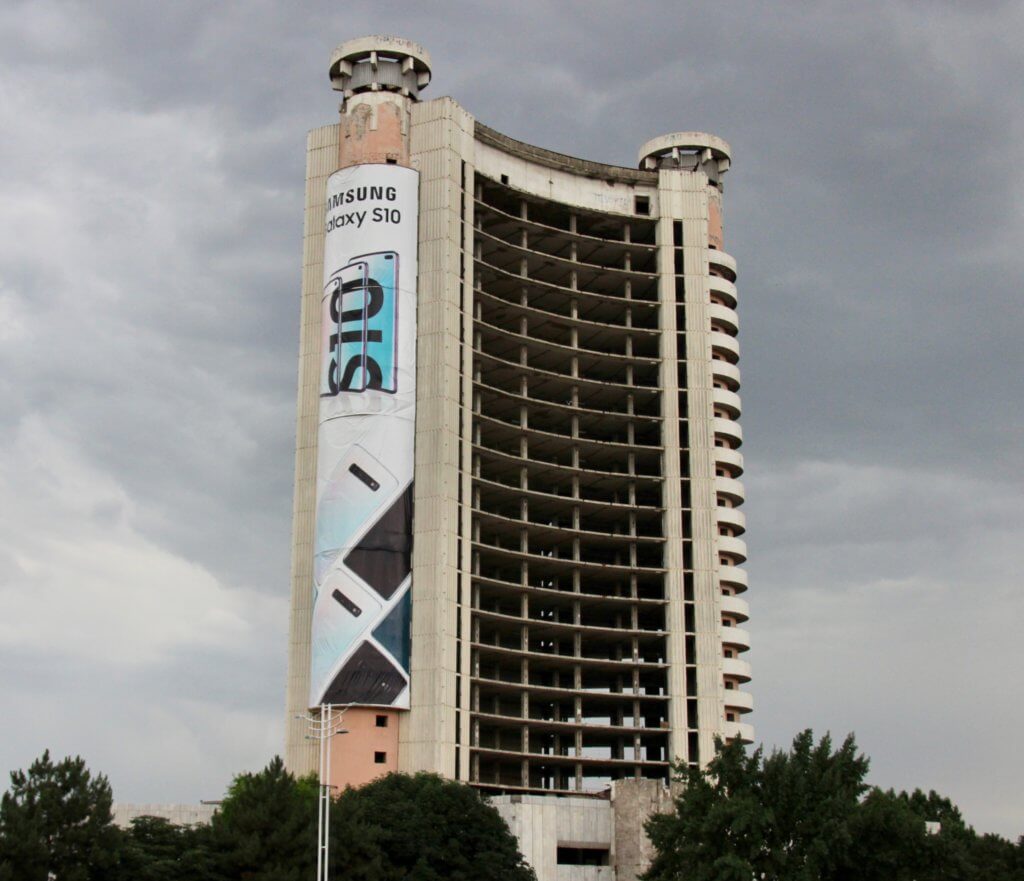
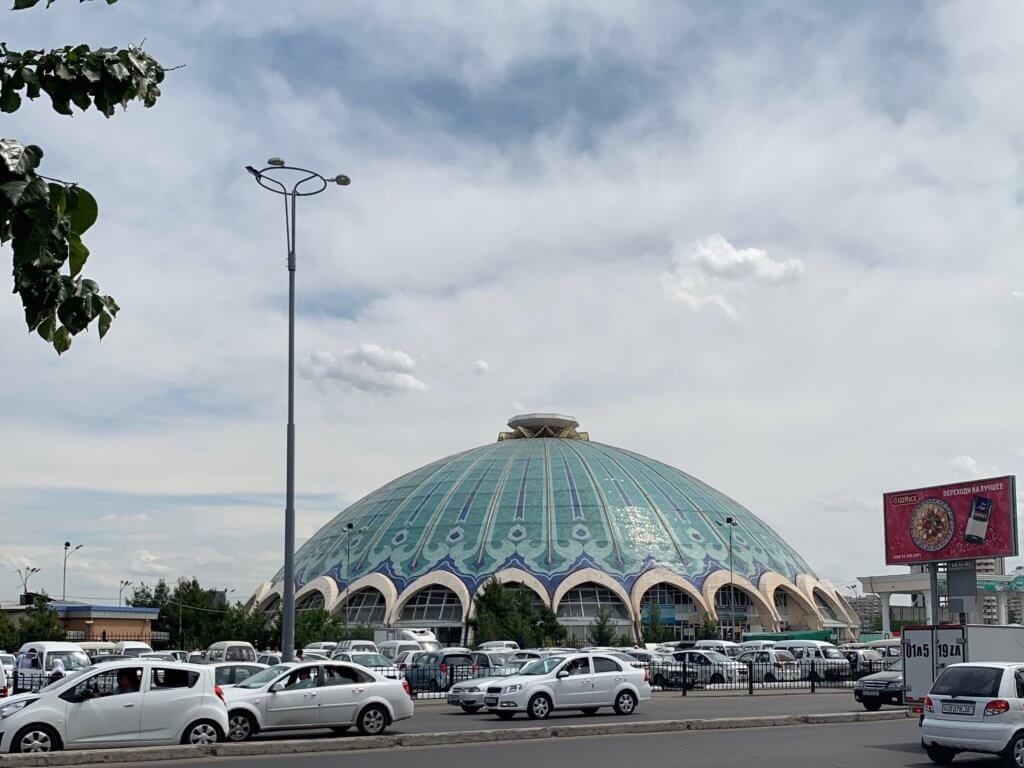
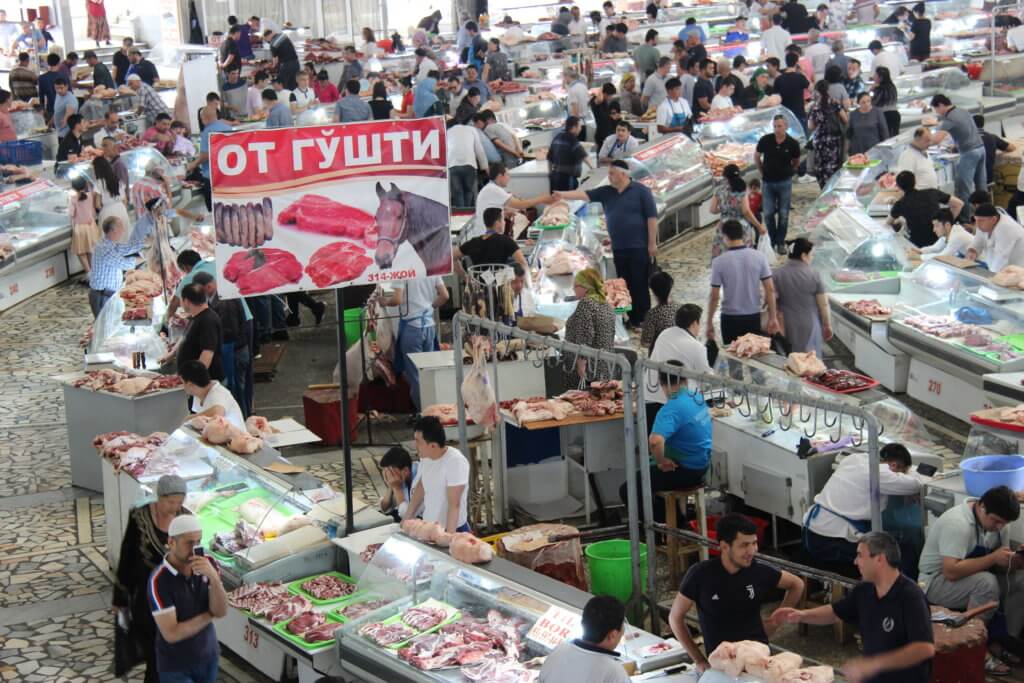
After a delicious lunch of samsas (samosas) and tea we headed out again.The samsas have become a favourite of mine- beautiful crusty pastry filled with soupy meat-a different breed to what we are used to.
Of course no visit to a major city would be complete without a visit to a memorial of what we human beings do to each other.There was a mind numbing one million six hundred Uzbeks involved in the “Great Patriotic War” with four hundred thousand casualties. I like the fact that here and Kyrgyzstan the memorial does not have soldiers but instead the “weeping mother”.Around here there are corridors with lists of names of those who served.
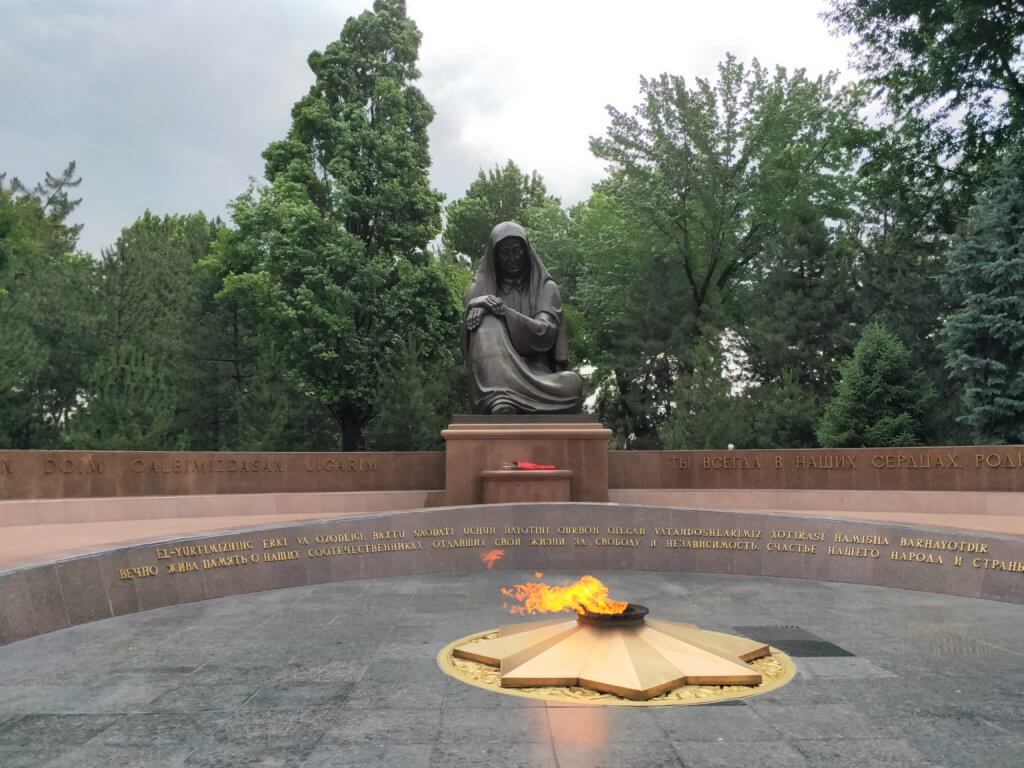
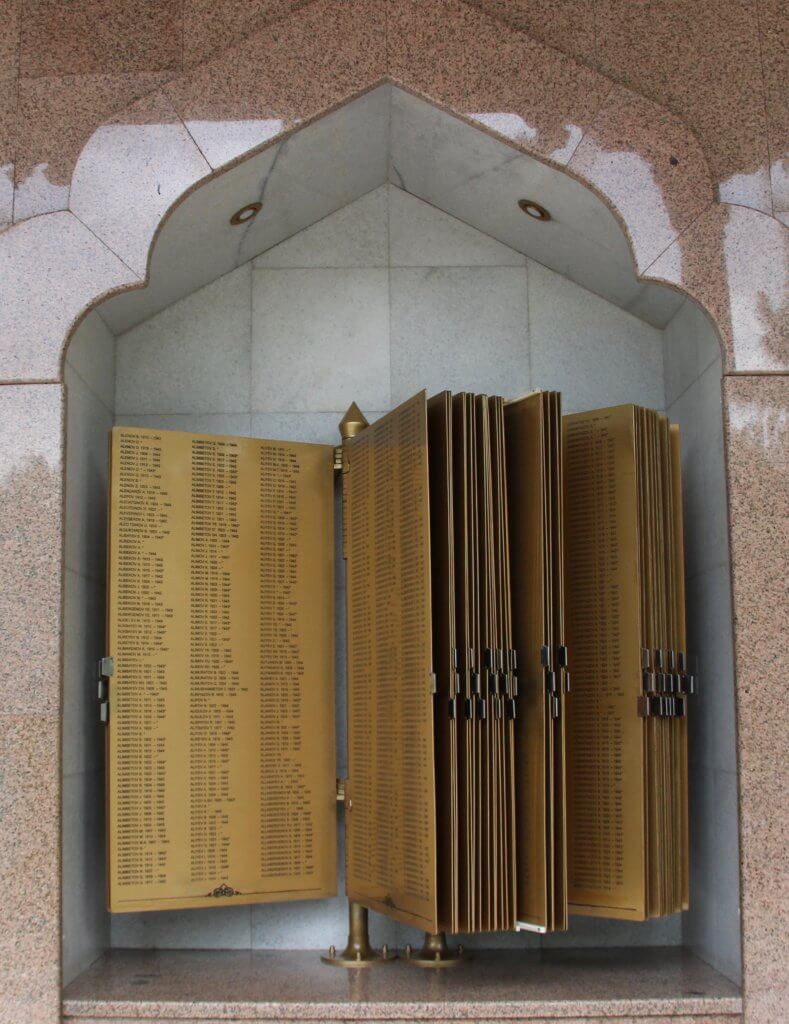
So then onto the Soviet designed metro stations.We went to two one celebrating the life of Alisher Navoi the father of Uzbek literature and then Russian cosmonauts.


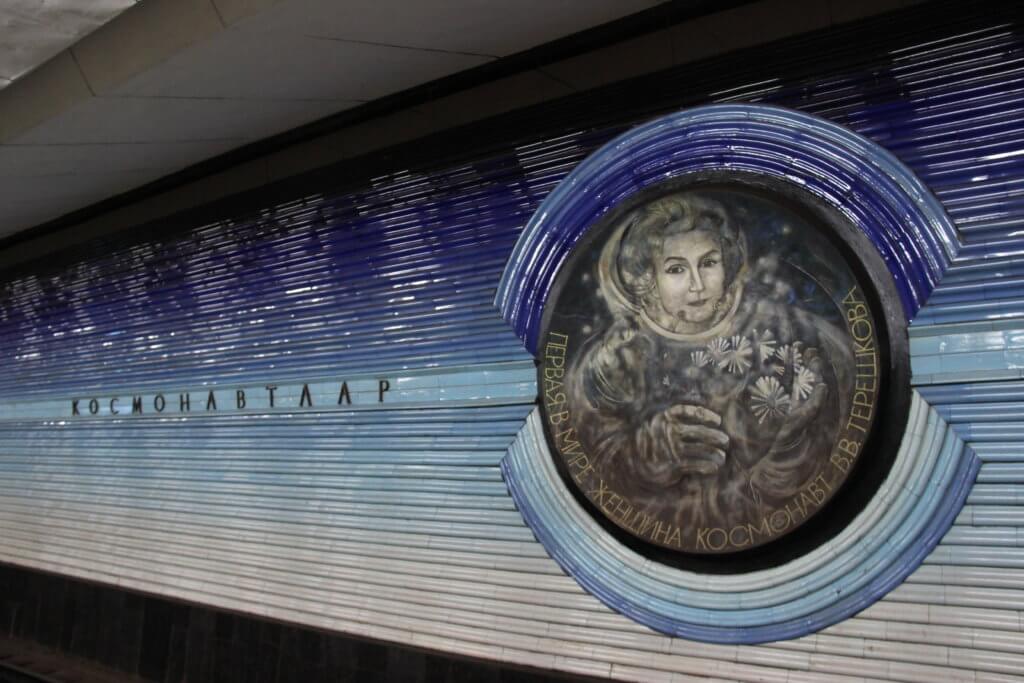
And of course we need to see the statue of a national hero keeping in common with the other stans we have been.This time it is Uzbekistan born Timur sometimes know in English as Tamerlane. The latter is considered rude as apparently the long form indicates that he had one leg short.He had an interesting reputation as a butcher but also as a protector and supporter of Islam. He was buried in Samarkand so we will have more information to absorb about him there. See Timur.

A final stop to gaze on another example of Soviet era architecture that is looking the worse for wear especially as it is opposite the “Imposing Palace of International Forums” built by the controversial previous president Karimov.It seems that the government is intent on replacing soviet era architecture with Uzbek inspired building.It was mentioned that statues of Lenin have been replaced with Uzbek statues, this was in contrast to our experience in Kyrgyzstan where the statues still stand.
.
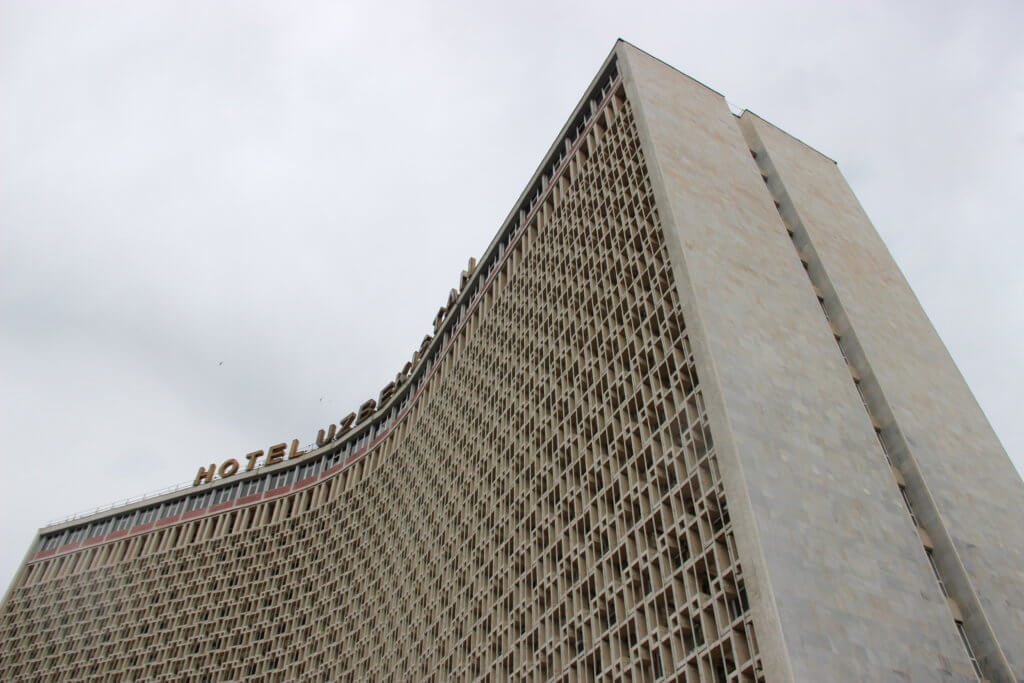

So then a visit to the opera house named after Alisher Navoi.This was particularly interesting as it had been built by Japanese POWs that had been captured in China and sent to Central Asia.In an example of diplomatic language the plaque on the building stated that it had been built by “Japanese Citizens”.
All in all an amazing day in which we tried to absorb a lot of information but at the same got to appreciate what Tashkent had to offer.
